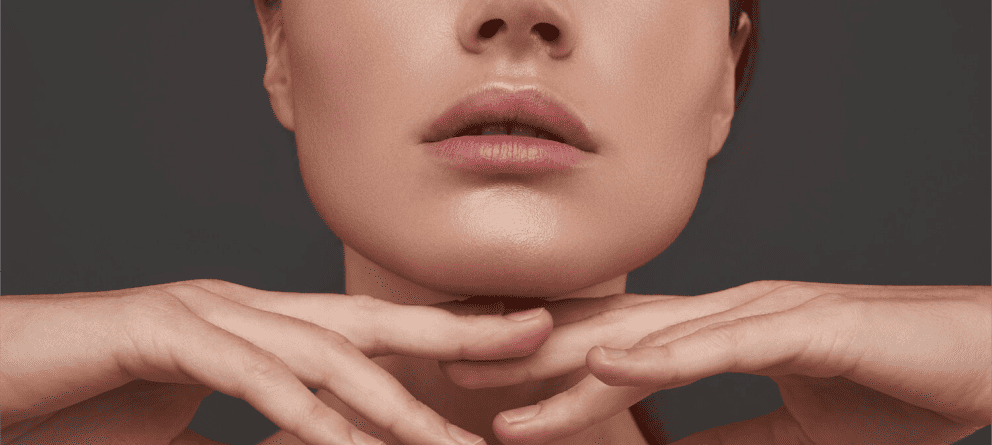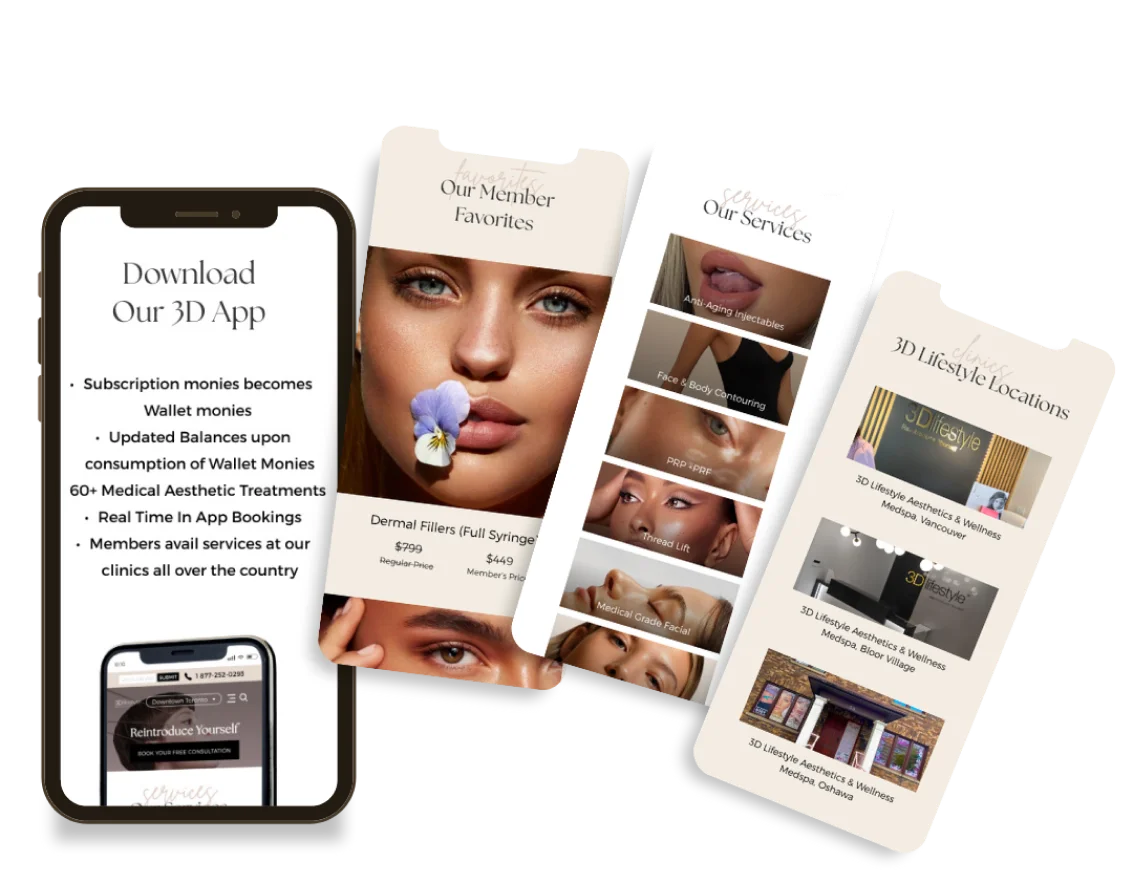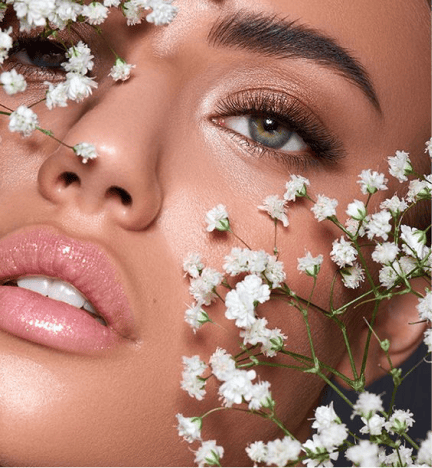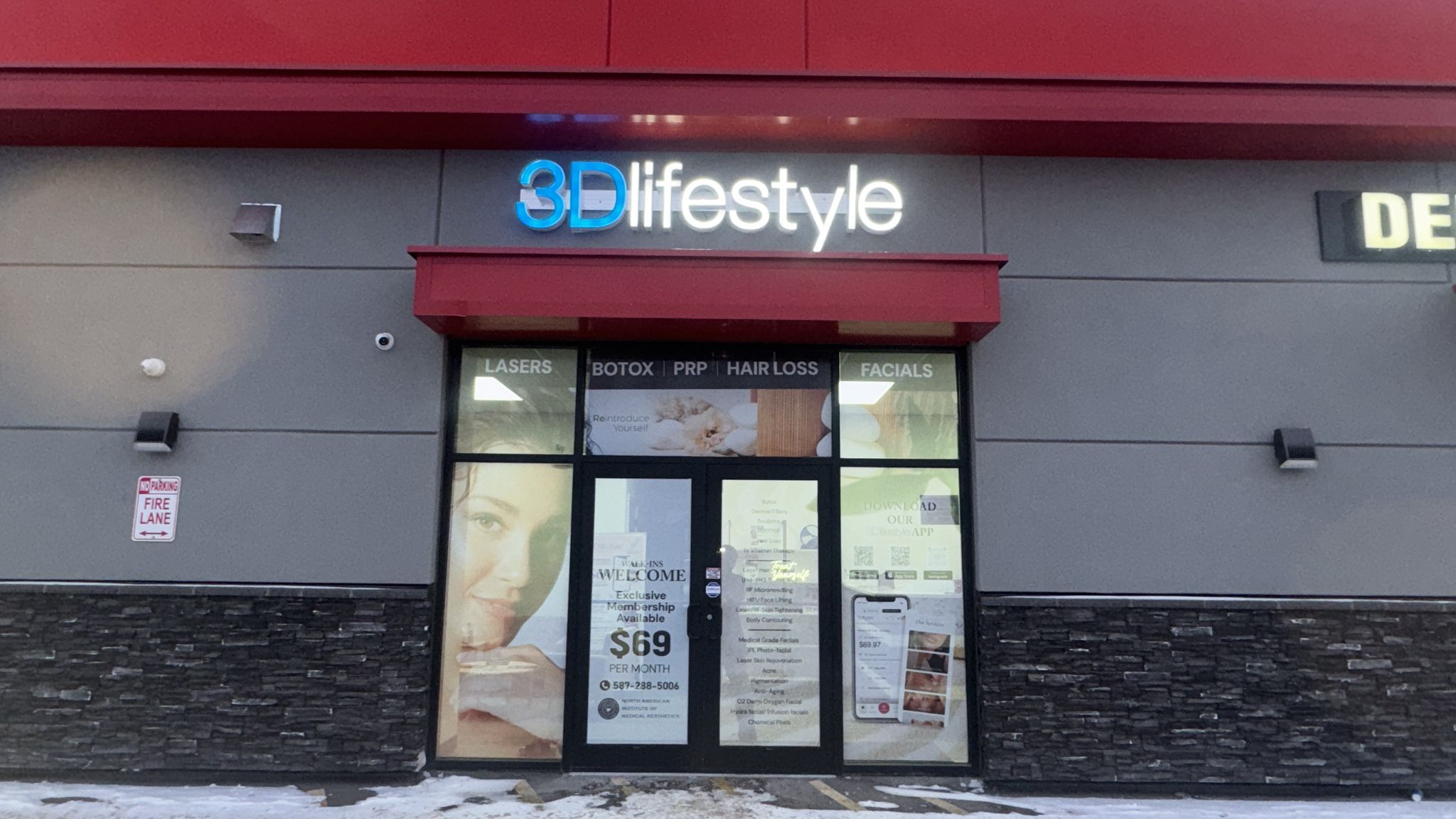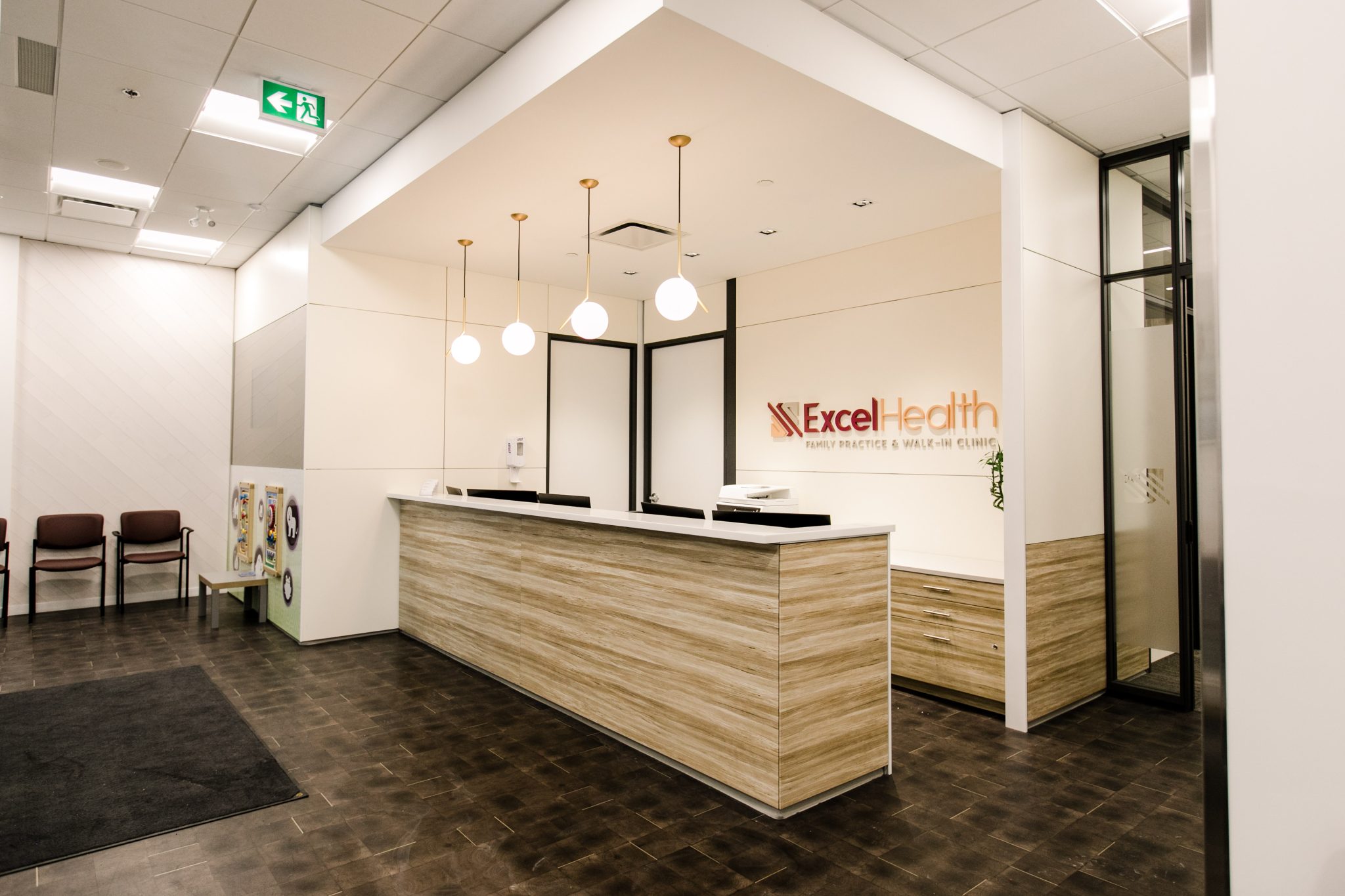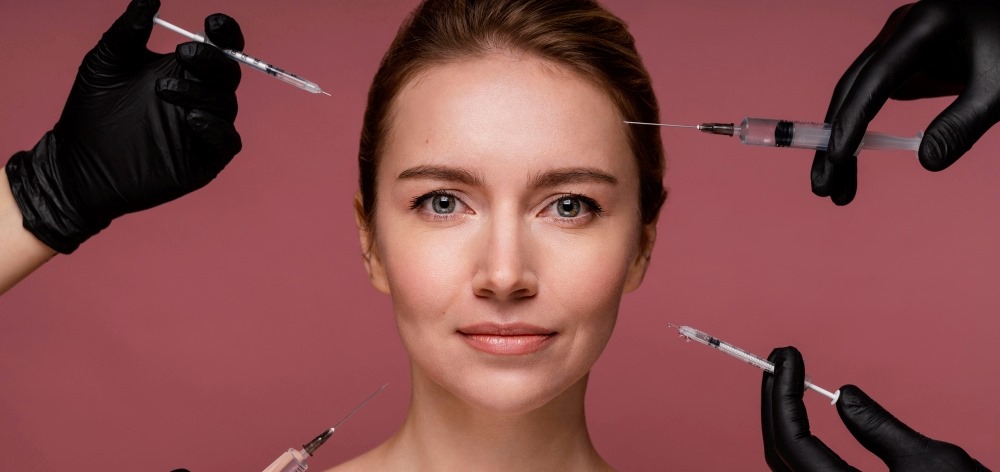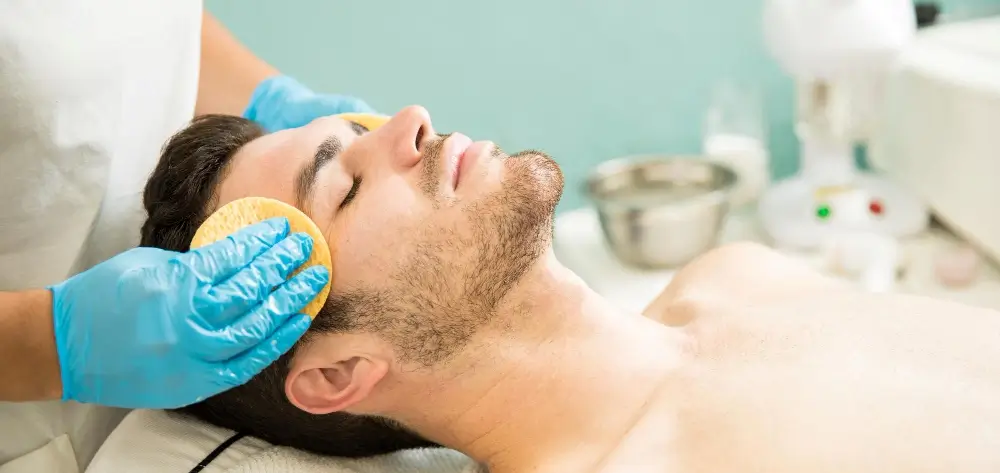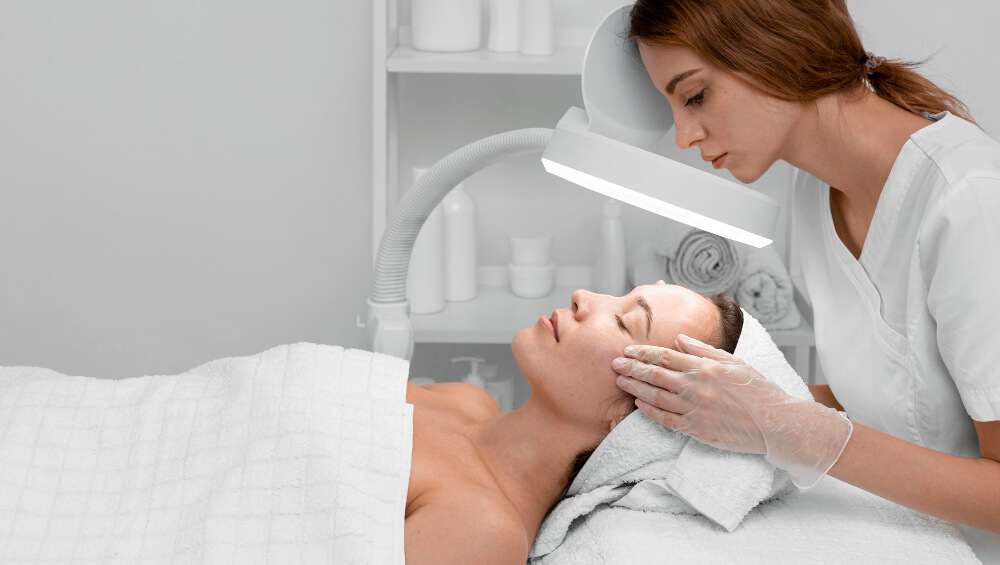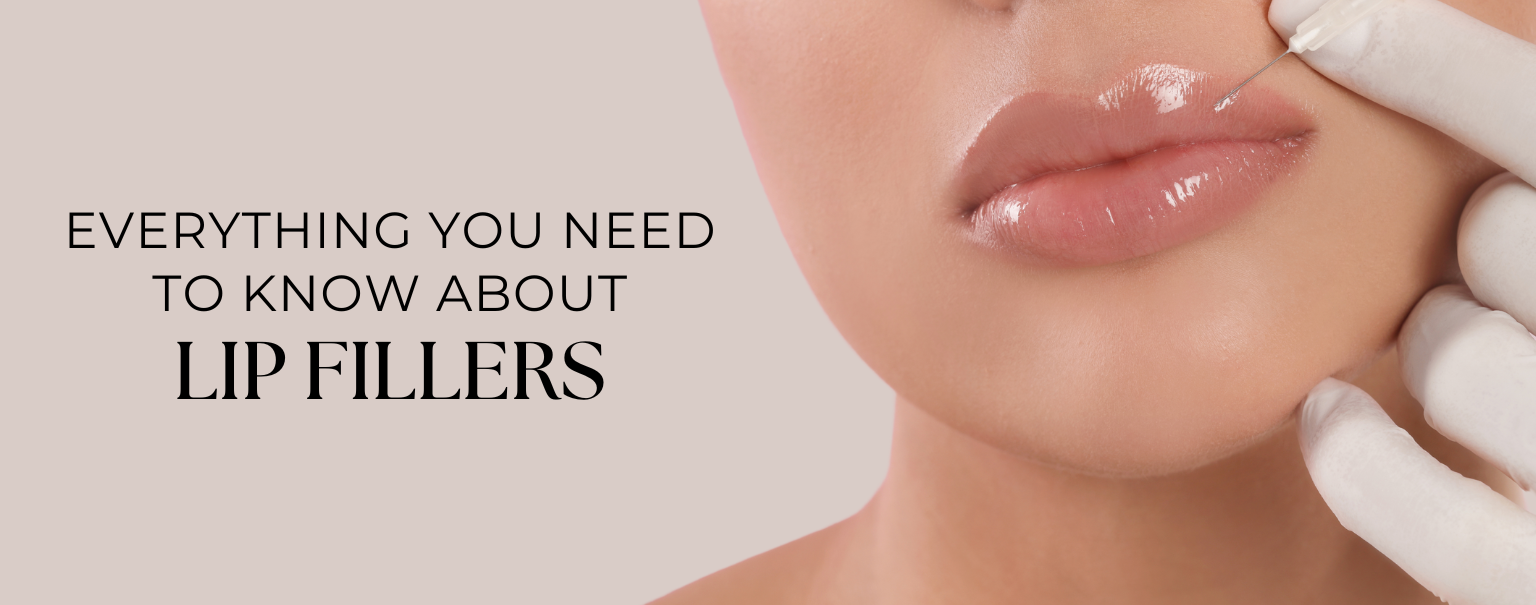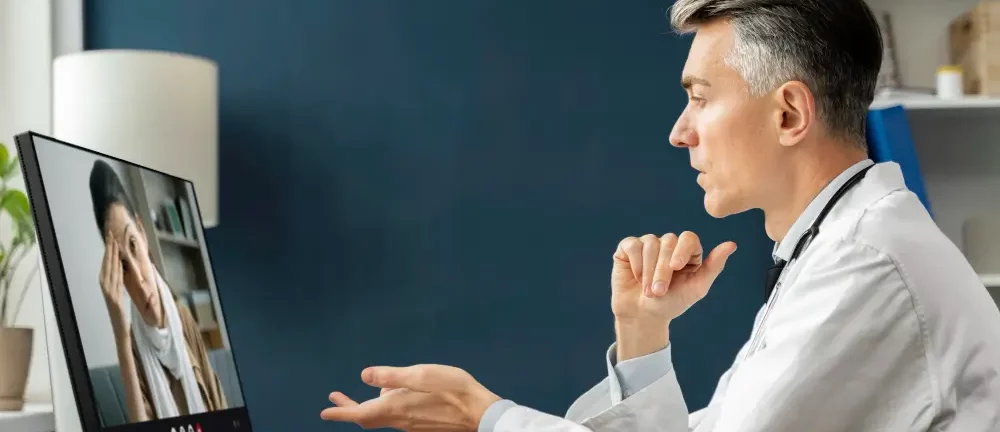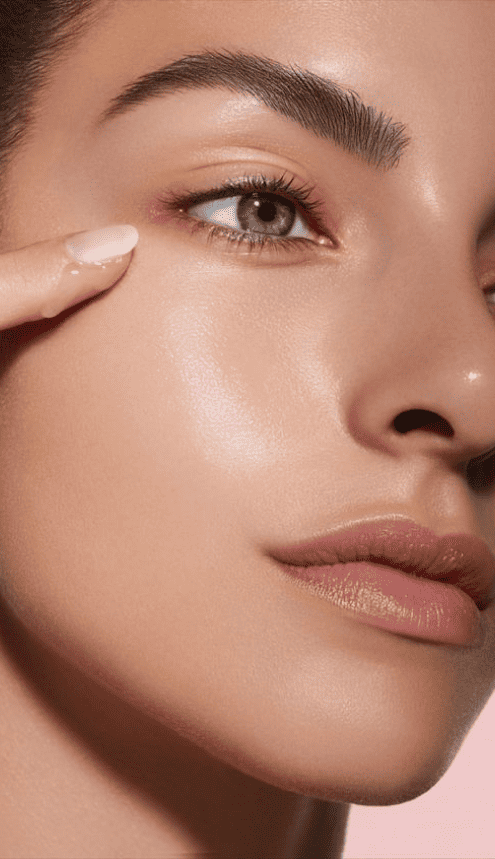Our Services
No Location Data Found
Here’s to a year of soft glows, calm confidence, and taking care of yourself, properly ✨
Happy New Year 🤍
#3DLifestyle #NewYear #newyear2026 #happynewyear #MedSpaVibes #NewYearEnergy

Here’s to a year of soft glows, calm confidence, and taking care of yourself, properly ✨
Happy New Year 🤍
#3DLifestyle #NewYear #newyear2026 #happynewyear #MedSpaVibes #NewYearEnergy
...
New Year, new glow era unlocked ✨🍻
Fresh skin, snatched contours, confident energy all year 😍
#3DLifestyle #NewYearNewYou #3DLifestyleCanada #SkinGoals #newyeargoals #newyearskin #newyearnewme #FreshStartGlow

New Year, new glow era unlocked ✨🍻
Fresh skin, snatched contours, confident energy all year 😍
#3DLifestyle #NewYearNewYou #3DLifestyleCanada #SkinGoals #newyeargoals #newyearskin #newyearnewme #FreshStartGlow
...
Your sign to upgrade your glow ✨❄️
Boxing Day deals are live at 3D Lifestyle 😍
#BoxingDay #3DLifestyle #GlowDeals #Boxingdaydeal #HolidaySale #NewYearGlow

Your sign to upgrade your glow ✨❄️
Boxing Day deals are live at 3D Lifestyle 😍
#BoxingDay #3DLifestyle #GlowDeals #Boxingdaydeal #HolidaySale #NewYearGlow
...
Boxing Day just got brighter ✨🎁
Limited-time glow deals are here. Upgrade your routine, treat yourself, and step into the new year glowing with 3D Lifestyle ❄️✨
#BoxingDay #3DLifestyle #GlowDeals #LimitedTimeOnly #HolidaySales #GlowUpSeason #SkincareSavings #BeautyDeals #NewYearGlow

Boxing Day just got brighter ✨🎁
Limited-time glow deals are here. Upgrade your routine, treat yourself, and step into the new year glowing with 3D Lifestyle ❄️✨
#BoxingDay #3DLifestyle #GlowDeals #LimitedTimeOnly #HolidaySales #GlowUpSeason #SkincareSavings #BeautyDeals #NewYearGlow
...
Holiday glow mode: ON ✨🎄
Wishing you a season full of joy, confidence, and glow 🤍
#MerryChristmas #3DLifestyle #HolidayGlow #FestiveVibes #GlowSeason #HappyHolidays #xmas #christmas2025

Holiday glow mode: ON ✨🎄
Wishing you a season full of joy, confidence, and glow 🤍
#MerryChristmas #3DLifestyle #HolidayGlow #FestiveVibes #GlowSeason #HappyHolidays #xmas #christmas2025
...
Merry Christmas and Happy Holidays from 3D Lifestyle 🎄✨
This season, may your days be filled with warmth, joy, and confidence. Here’s to glowing a little brighter and stepping into the new year feeling your absolute best 🤍
#MerryChristmas #HappyHolidays #3DLifestyle #xmas #HolidayGlow #christmas2025 #holidayseason #FestiveVibes

Merry Christmas and Happy Holidays from 3D Lifestyle 🎄✨
This season, may your days be filled with warmth, joy, and confidence. Here’s to glowing a little brighter and stepping into the new year feeling your absolute best 🤍
#MerryChristmas #HappyHolidays #3DLifestyle #xmas #HolidayGlow #christmas2025 #holidayseason #FestiveVibes
...
All we want for Christmas is a little glow up 🎄✨
Consider this your holiday wish list, made possible. Treat yourself this season, you deserve it ❤️
BOOK NOW!
#3DLifestyleCanada #ChristmasGlowUp #HolidayAesthetics #FestiveGlow #AestheticGoals #GlowUpSeason #ConfidenceLooksGood #MedicalAesthetics

All we want for Christmas is a little glow up 🎄✨
Consider this your holiday wish list, made possible. Treat yourself this season, you deserve it ❤️
BOOK NOW!
#3DLifestyleCanada #ChristmasGlowUp #HolidayAesthetics #FestiveGlow #AestheticGoals #GlowUpSeason #ConfidenceLooksGood #MedicalAesthetics
...
Botox season is officially here 🍒✨
A little Botox now means smoother smiles, softer lines, and confidence that lasts beyond the holidays 🙂↔️
BOOK YOUR APPOINTMENT NOW!
#3DLifestyle #BotoxSeason #HolidayGlow #WrinkleFreeHolidays #antiaging #AestheticClinic #youthfulskin #HolidayRefresh #GlowGoals

Botox season is officially here 🍒✨
A little Botox now means smoother smiles, softer lines, and confidence that lasts beyond the holidays 🙂↔️
BOOK YOUR APPOINTMENT NOW!
#3DLifestyle #BotoxSeason #HolidayGlow #WrinkleFreeHolidays #antiaging #AestheticClinic #youthfulskin #HolidayRefresh #GlowGoals
...
About 3D Lifestyle Medspa
3D lifestyle medical aesthetics medspa and Skin care clinic is a trusted place where medical professionals offer non-invasive cosmetic procedures like Botox, fillers, and laser treatments. These services aim to enhance appearance and confidence, combining medical expertise with beauty and wellness in a safe environment.
Amazing results
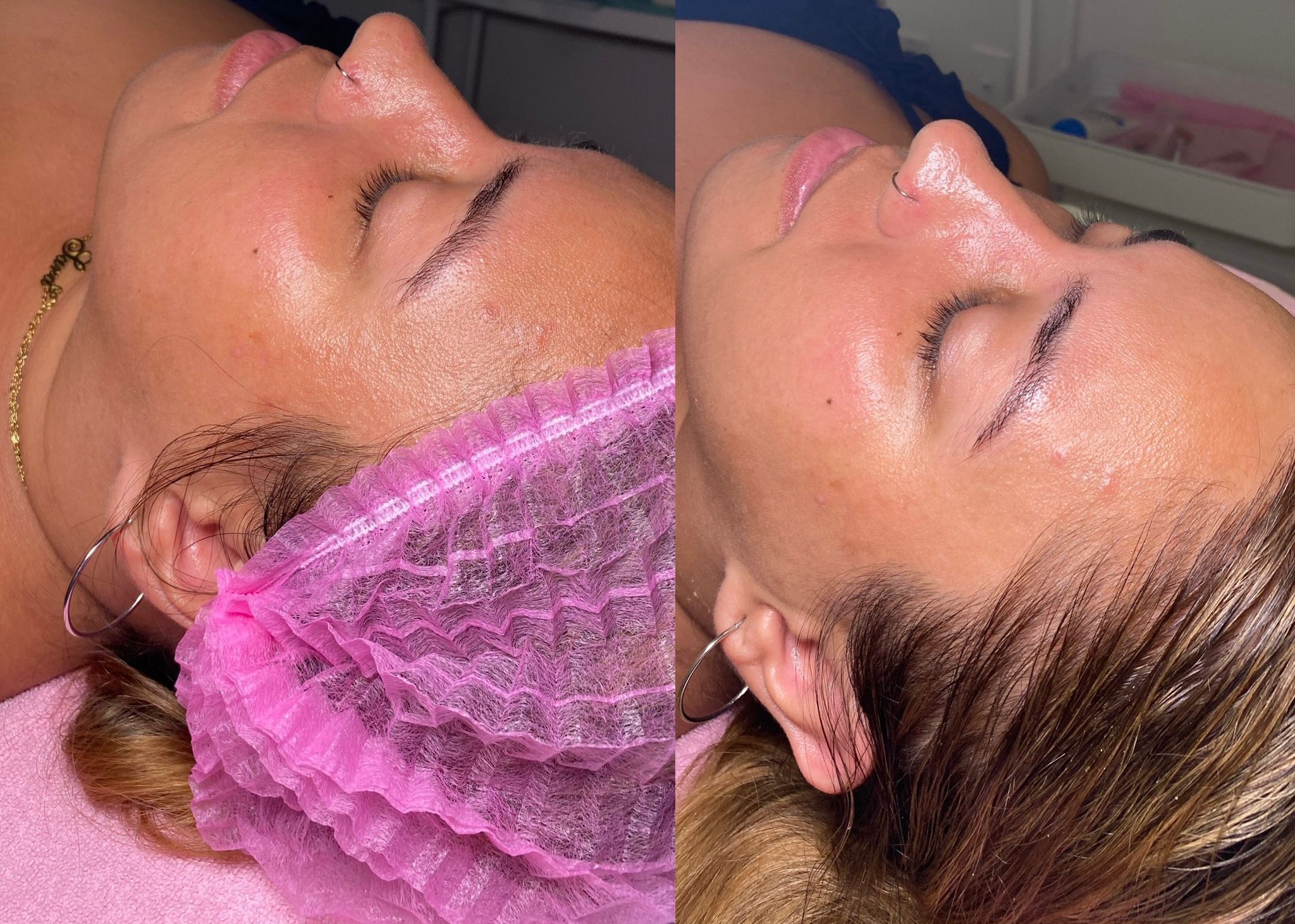





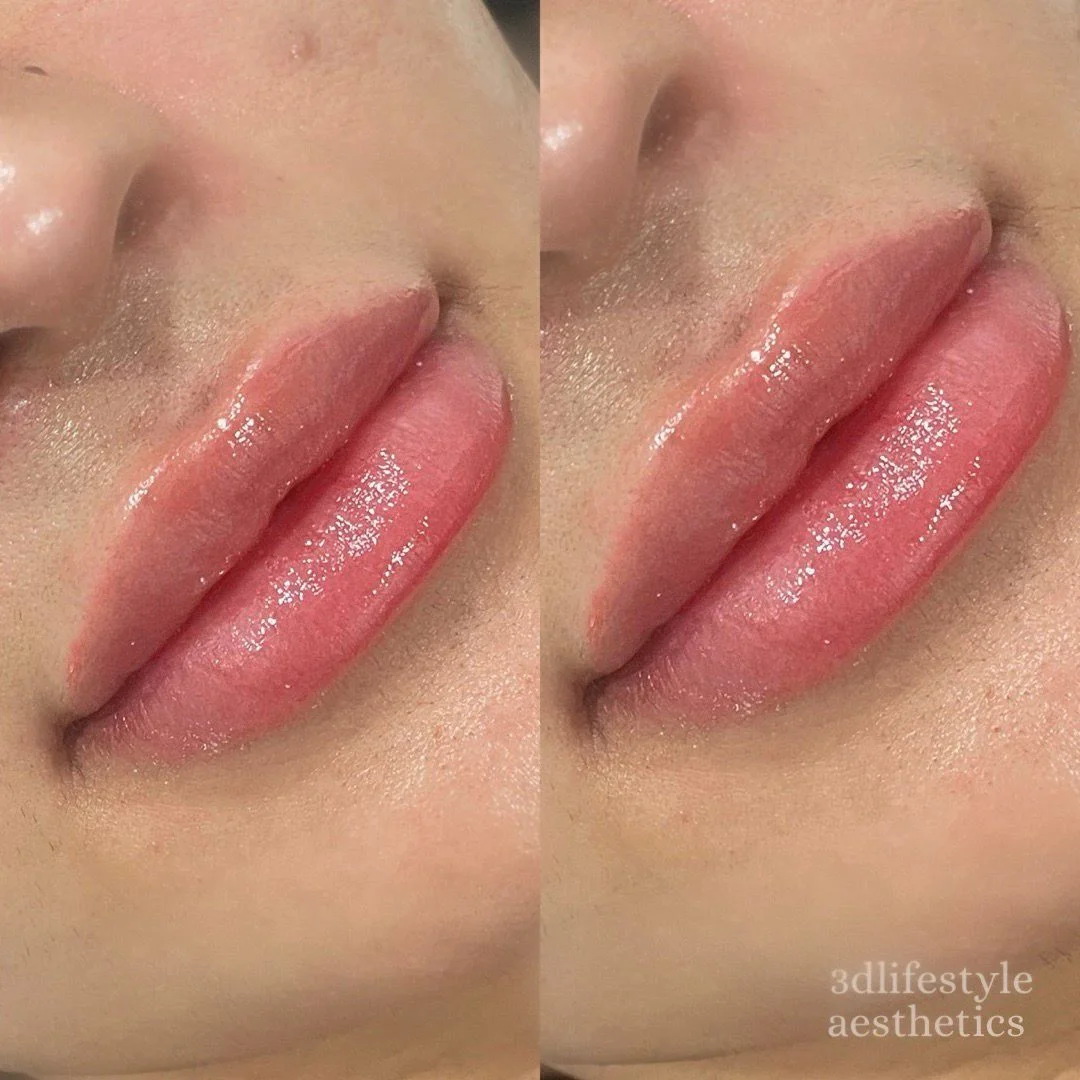
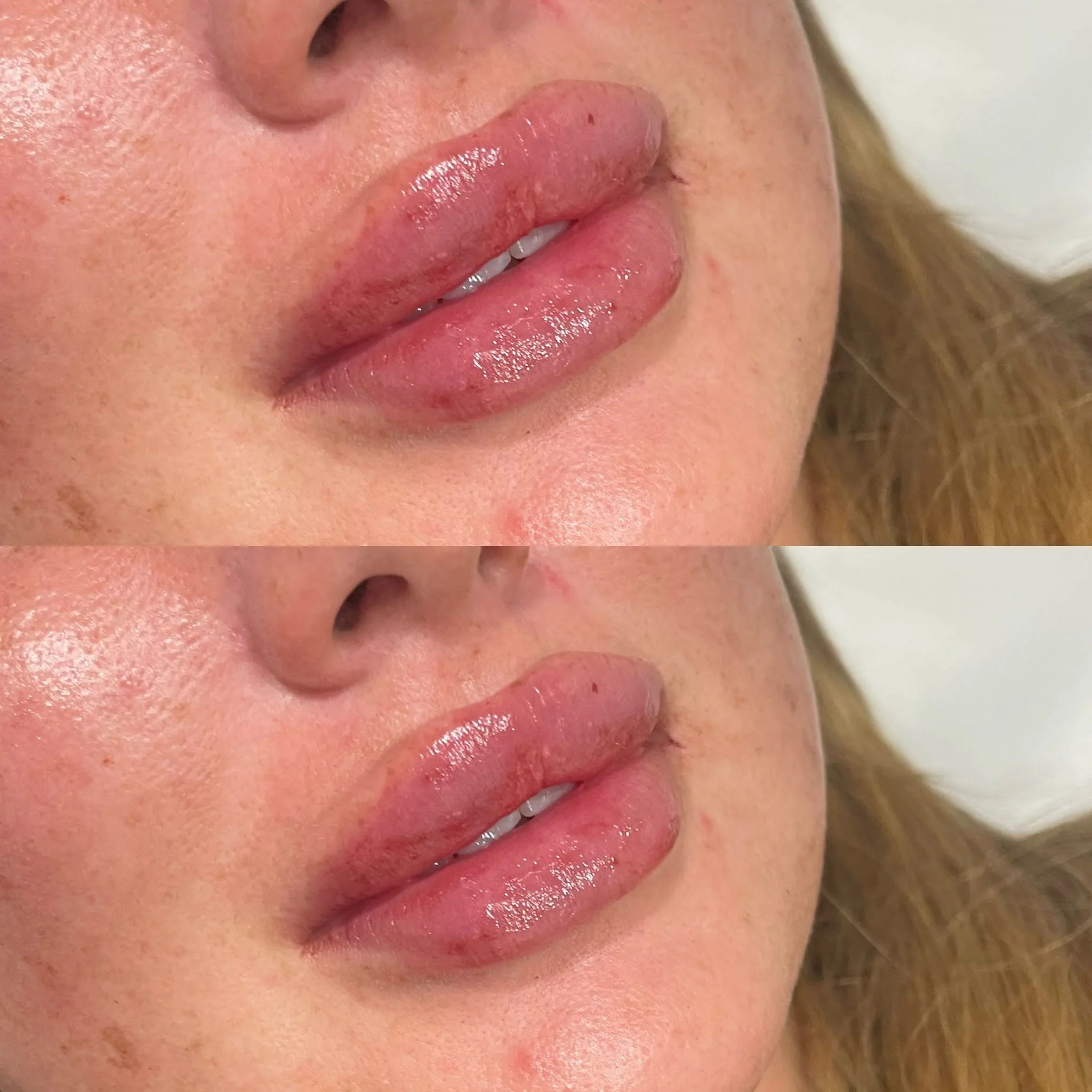
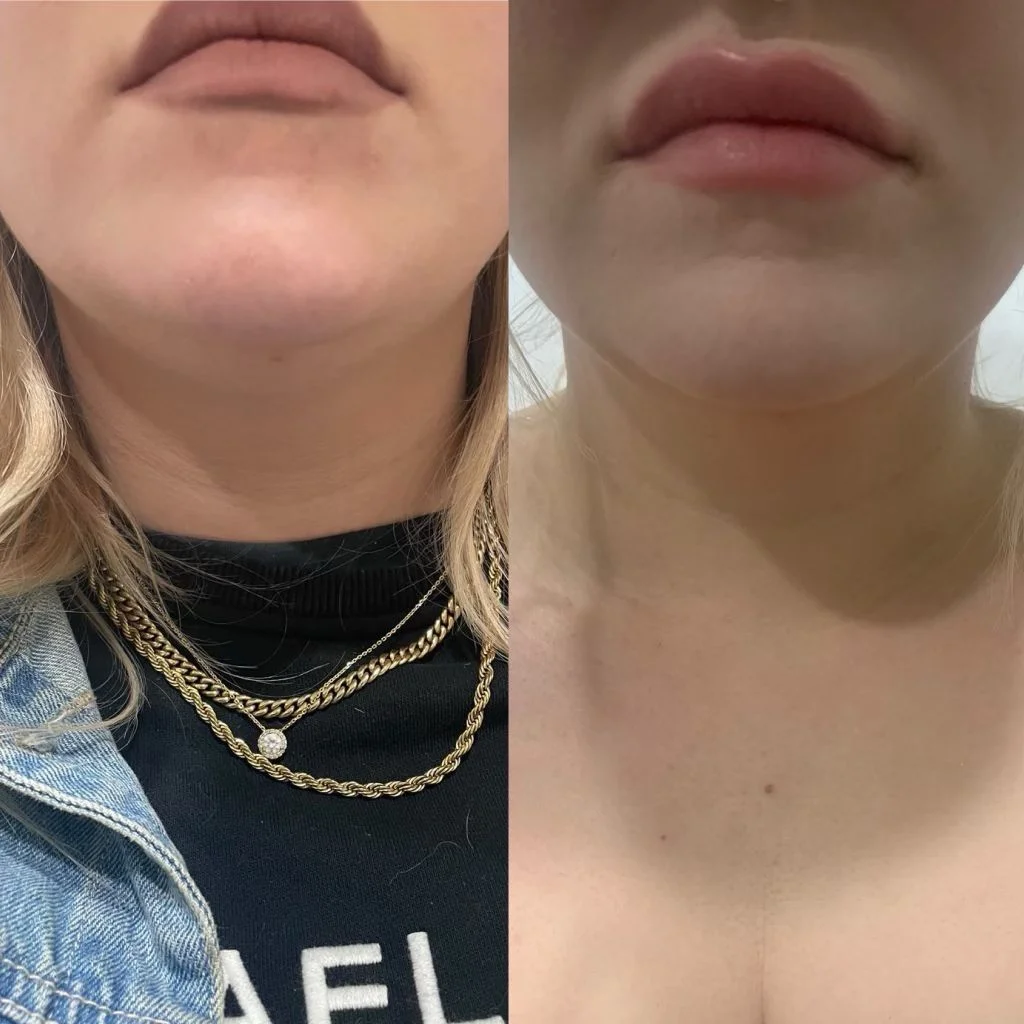
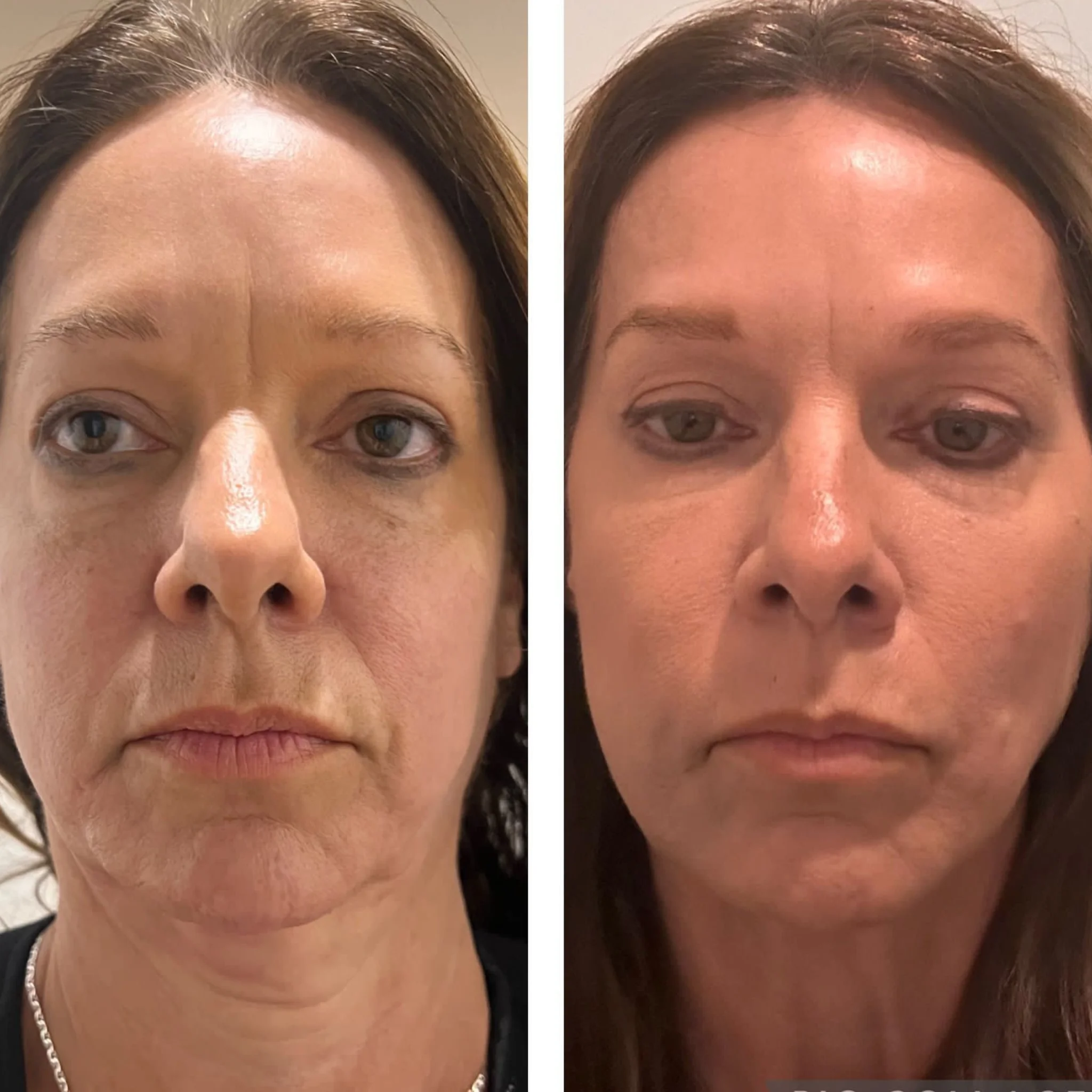
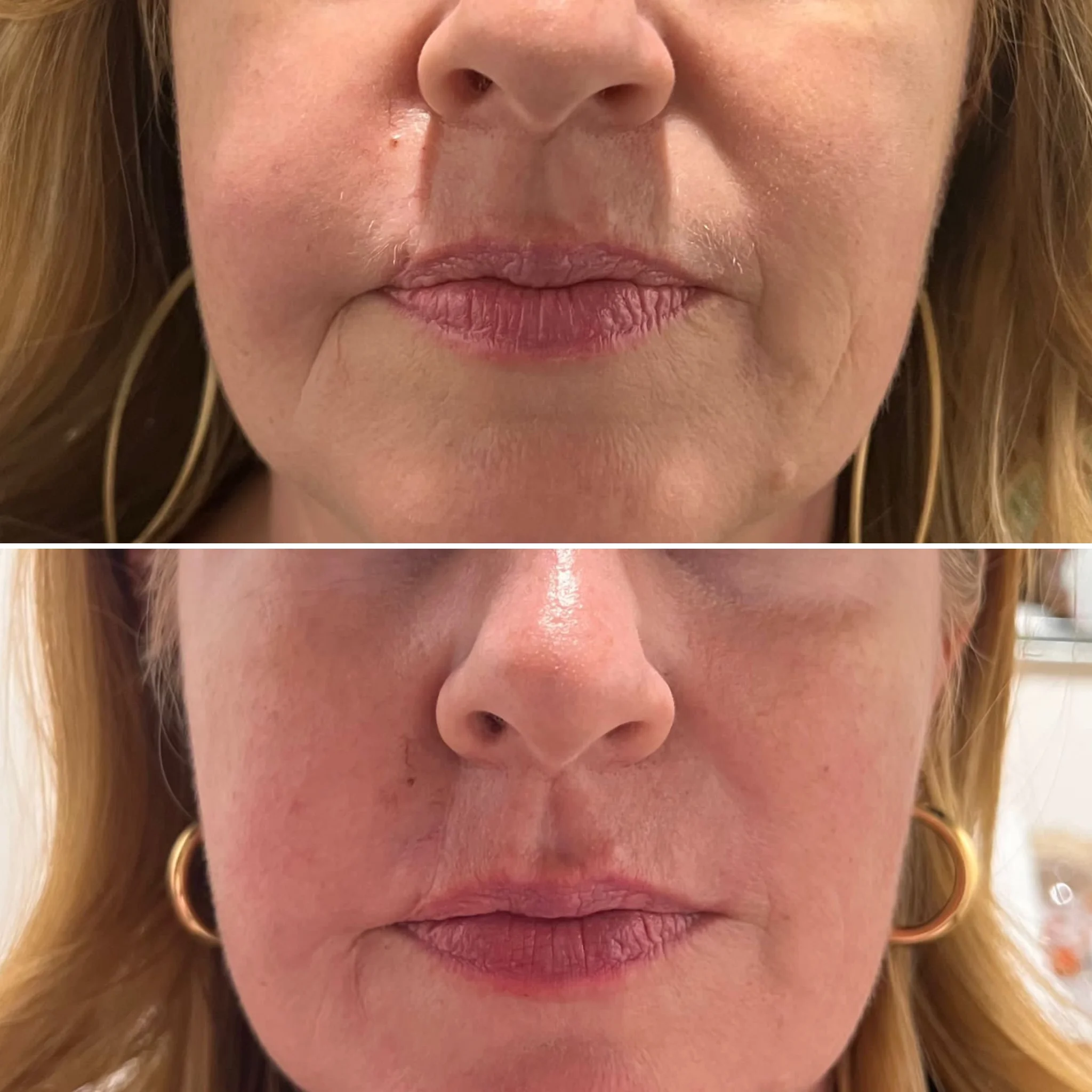
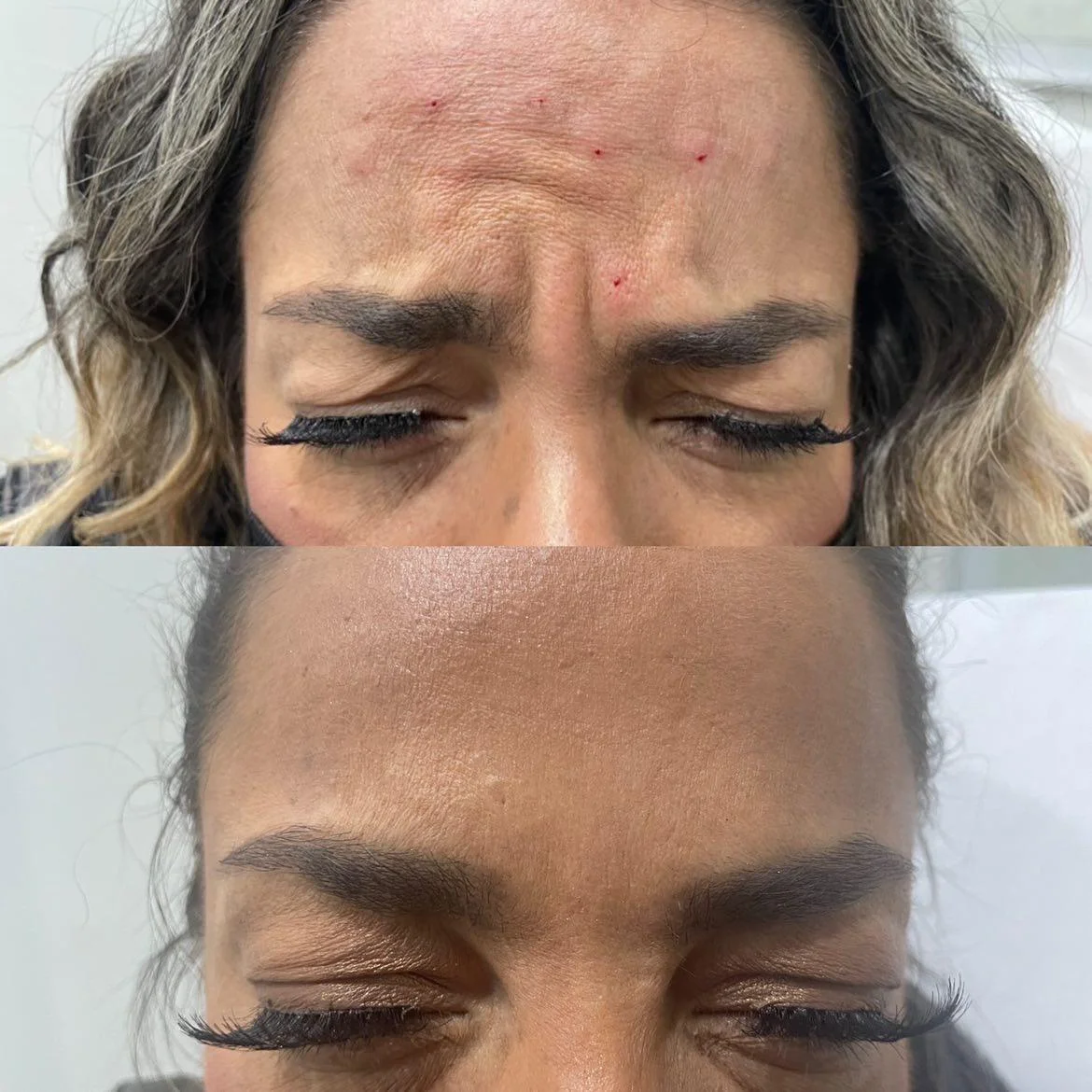

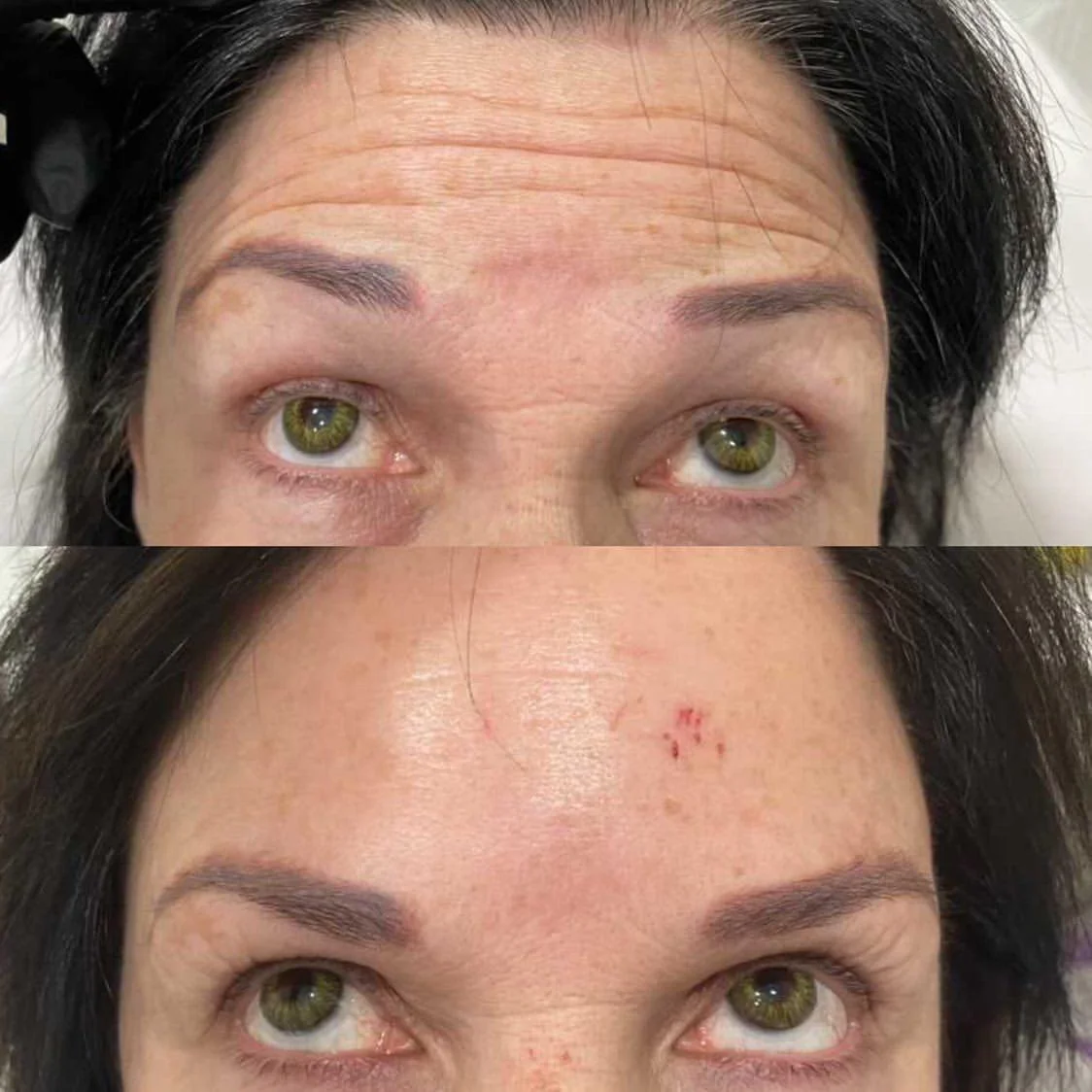

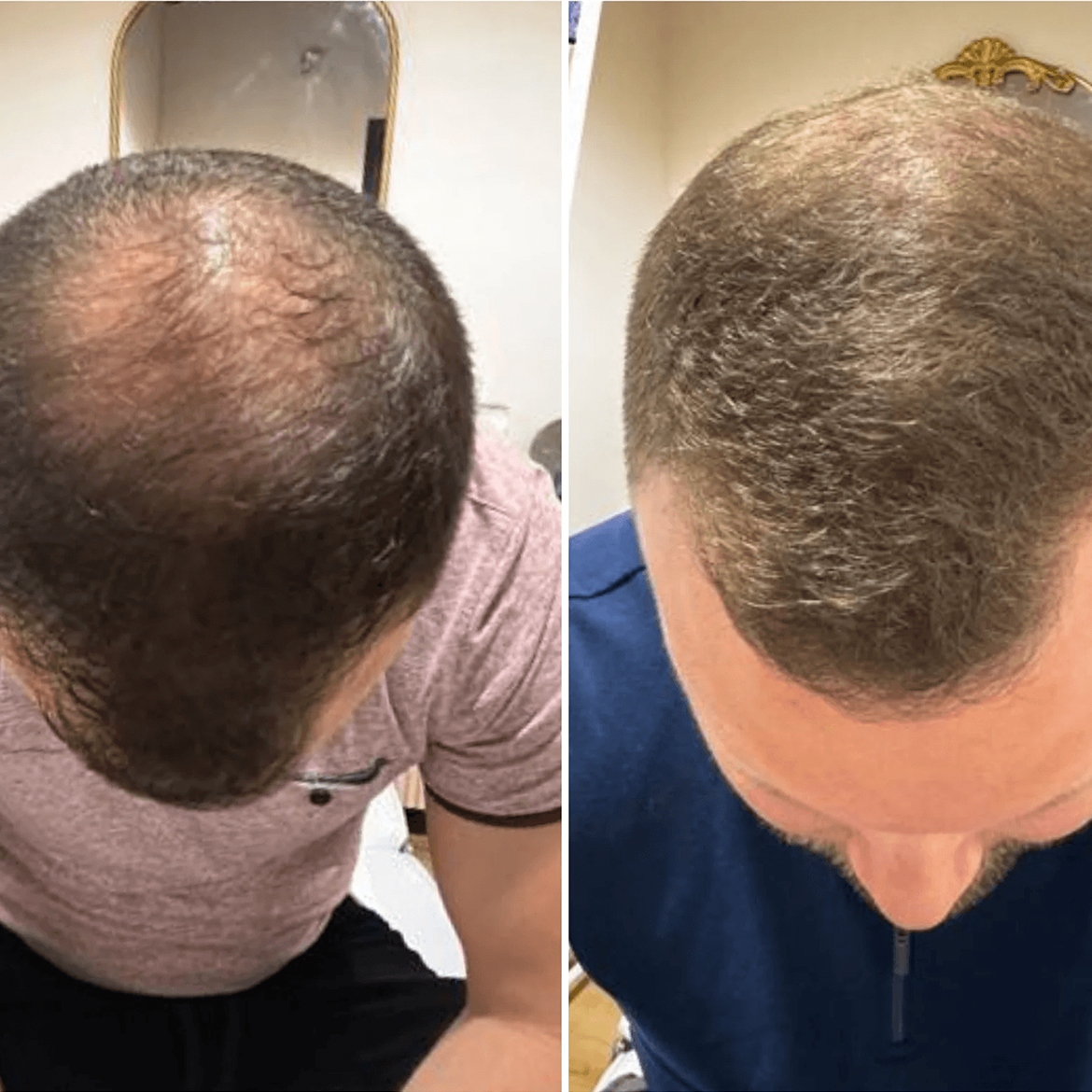
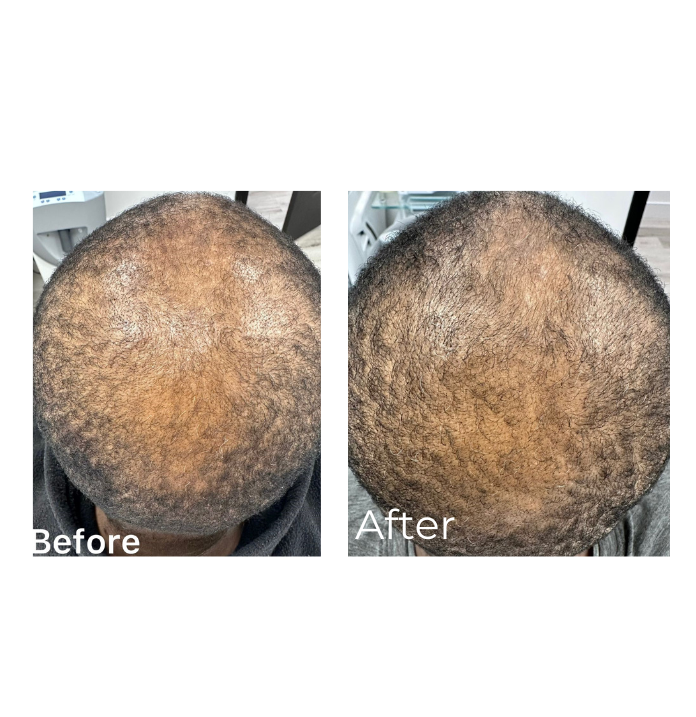
Tell Us Your Concerns And Let Us Help You
Our Membership Plans
What Our Members Are Saying
“
“
“
